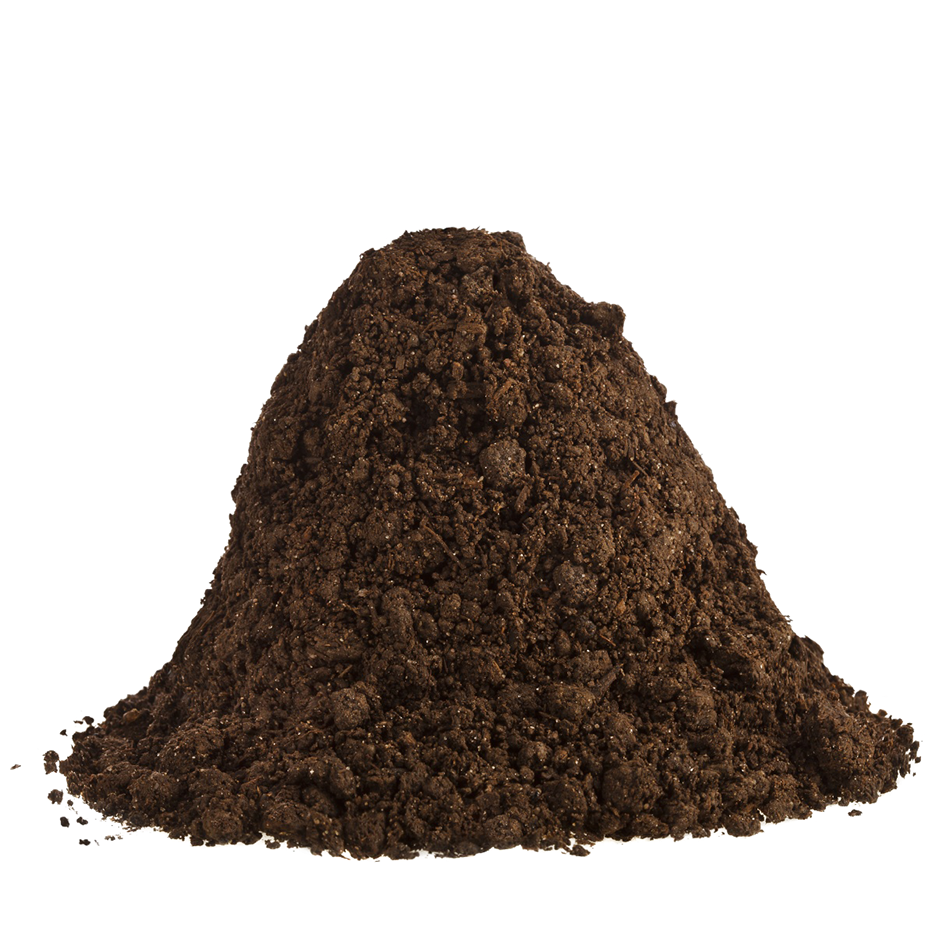Just which compost to choose for our precious chillies?

The options are a little overwhelming but let’s dig down to what we know about chilli plants to see if we can come up with our perfect potting medium.
Cultural roots
Considering the geographical heritage of our chilli plants should hopefully give some guidance to the type of soil required for perfect chilli production. Chillies originated from Mexico. They gradually became mainstream as part of the Columbian Exchange in the 15th & 16th Centuries. A large percentage of the soil in Mexico is shallow to medium depth, dry, free draining, not layered or super structured, contains gravel, often fertile, pH leaning towards acid: 5.5-6.5. (Food Agricultural Organisation for the United Nations state that Leptosol, Regosol and Calcisol make up nearly 65% of the soil in Mexico if you want the scientific terms) Replicating this soil composition seems like a good starting point for creating the perfect chilli compost.
Back here in the UK
However, where chillies come from is not the only factor in soil choice. Surely where they are actually going to grow plays a part too. The UK offers a dizzying range of soil types, some of which would be incredibly inhospitable to a poor little chilli plant. Our Hampshire soil is about 6 inches top soil and then solid chalk. Not sure what our chilli amigos would say to that. A slightly acid, sandy loam in the South Hams of Devon would be perfect for growing chillies in the ground. With that in mind, we will be planting in pots.
Our UK weather is such that too much organic matter, such as peat or manure, silt or clay could easily become water logged and get cold. No one likes a soggy cold bottom, especially not chilli plants.
The potting soil in question will have two main functions for our plants: 1. to provide a habitat for our chilli roots to do their thing. 2. To be a vessel for the chemical requirements for great plant growth and chilli production. Let’s tackle each function separately.
A cosy home
We want the roots to have plenty of space to stretch out. Soil is typically 50% solids (mineral and organic) and 50% spaces, about half of which is occupied by water and soluble and suspended nutrients. A light, airy soil, with small particles would match the requirements. The roots can work their way through the gaps.
We will be gradually moving our chillies into progressively bigger pots. They sulk for ages if the pot size goes up too quickly. The indicator that they need to move home is when their roots poke through the bottom. Watering from the bottom should avoid compaction (which leads to a reduction of spaces within the soil available for root growth & essential gas, water and nutrient storage). Perhaps a layer of Horticultural grit in the base of each pot would avoid aforementioned sulky soggy bottom too.
Adding Perlite to the mix is another way to allow the soil mix to stay loose, encourage root growth and water drainage. No rotten roots here.
Feed the need
No great nutrient supply is needed from the soil solids as we will be feeding with Chilli Focus regularly. The organic components of the soil provided by the garden compost will ensure a good supply of microorganisms to exist alongside our chilli plants and work their bio magic. No doubt a few extra seeds will germinate as well but that is all part of the fun of doing things yourself.
We do not want too much green Nitrogen releasing organic matter. We hope to encourage good all round plant health and then fabulous flowering and fruiting. Extra Nitrogen may cause bushy green plants that forget to flower.
The seedlings are currently receiving a weekly feed of 5ml per litre of Chilli Focus. This will increase to 10mls per litre once a week when the plants have been pinched out and show some signs of flowers forming. At the height of flowering and fruiting the plants will have two feeds each week.
Vermiculite is another ingredient to consider. A natural product that is a good addition to any soil type. Added to clay soils it allows aeration and flow through the soil, reducing water logging and stunted or bound root growth. In sandy soils it soaks up water allowing retention where there would be very little otherwise. Good access to water, slowly released, means good access to those soluble and suspended nutrients. Sounds like Vermiculite is definitely going into our chilli mix.
So what does this all mean?
It’s looking like a hand mixed potting medium of 3/10 loam top soil, 2/10 coir, 2/10 organic homegrown well rotted compost, 1/10 grit for the bottom of the pot, 1/10 vermiculite to hold on to water and nutrients between watering and feeds, 1/10 perlite for free drainage within the soil. Probably very similar to John Inness No 2!

.
Great blog! I just found it and have been reading here and there. I’m about to sow my seeds tomorrow… This year I wanted to run a little experiment and sow with the first quarter of the moon. I usually sow in January but I was travelling and missed the date, so tomorrow/Tuesday is the time now 😉
I’ve always found the soil a bit tricky to get right. I do avoid peat, that’s for sure.
Thanks for sharing your chilli adventures. Really useful and interesting!
LikeLike
Pingback: How and when to pot on chilli seedlings | Birdhouse Chillies
Pingback: Is it possible to overfeed chilli plants? | Birdhouse Chillies